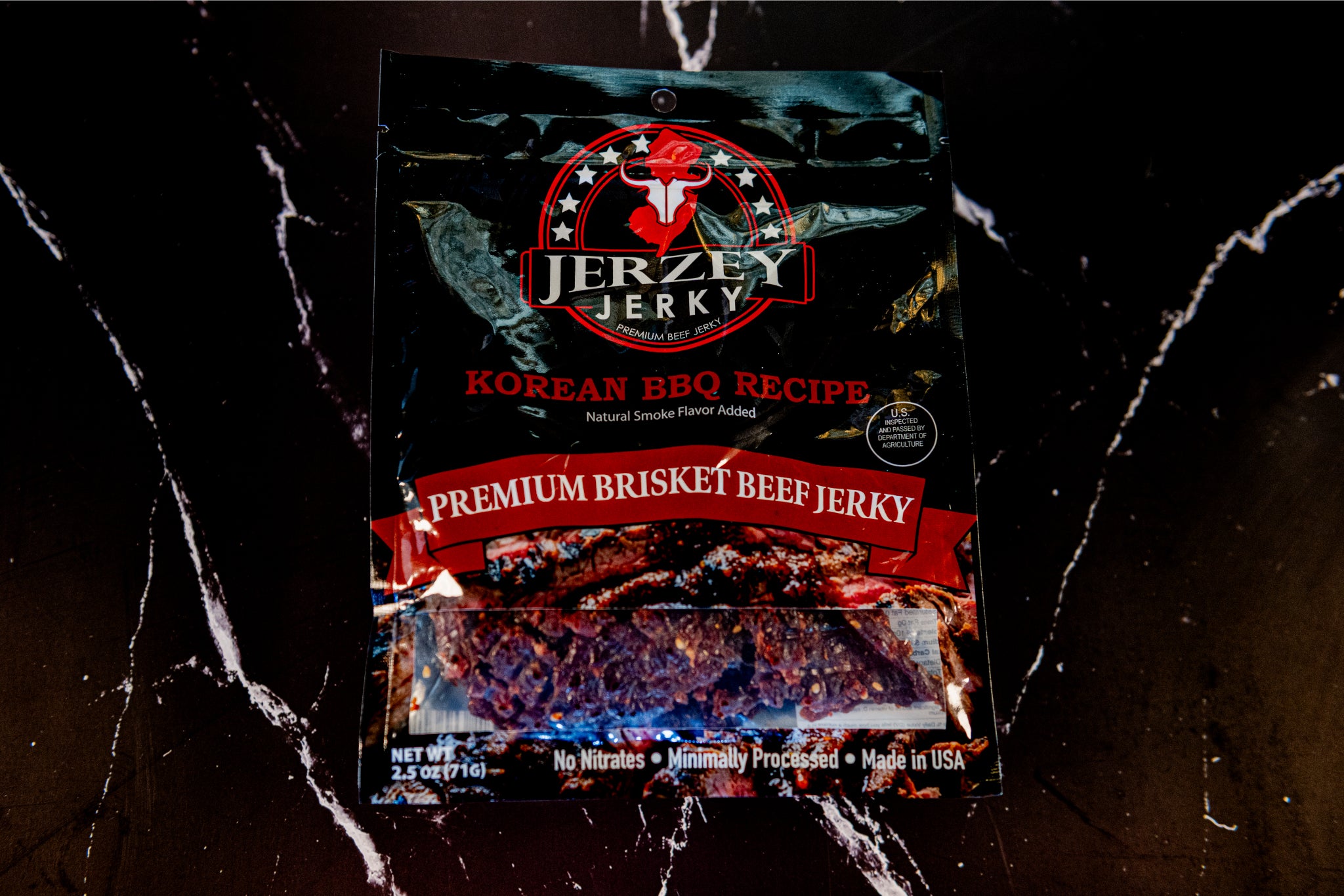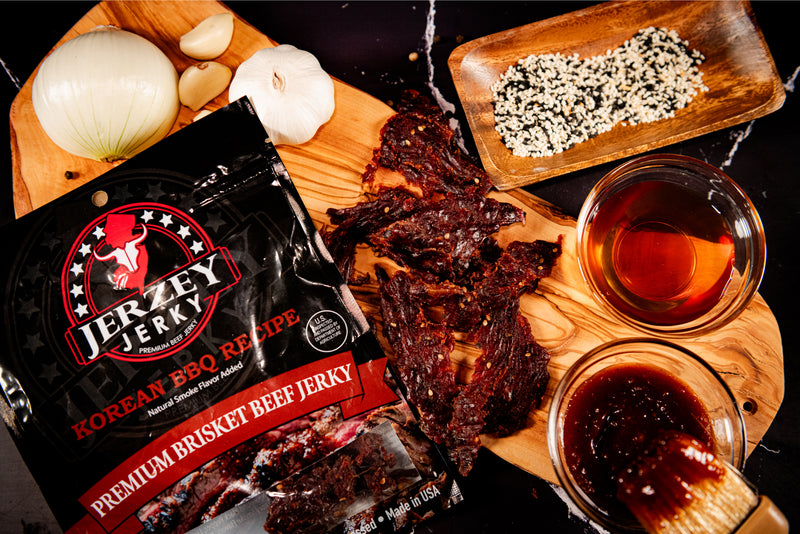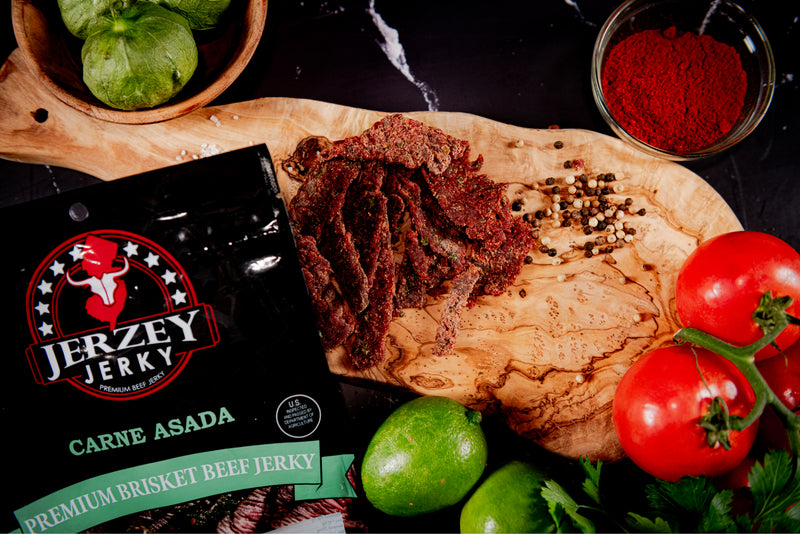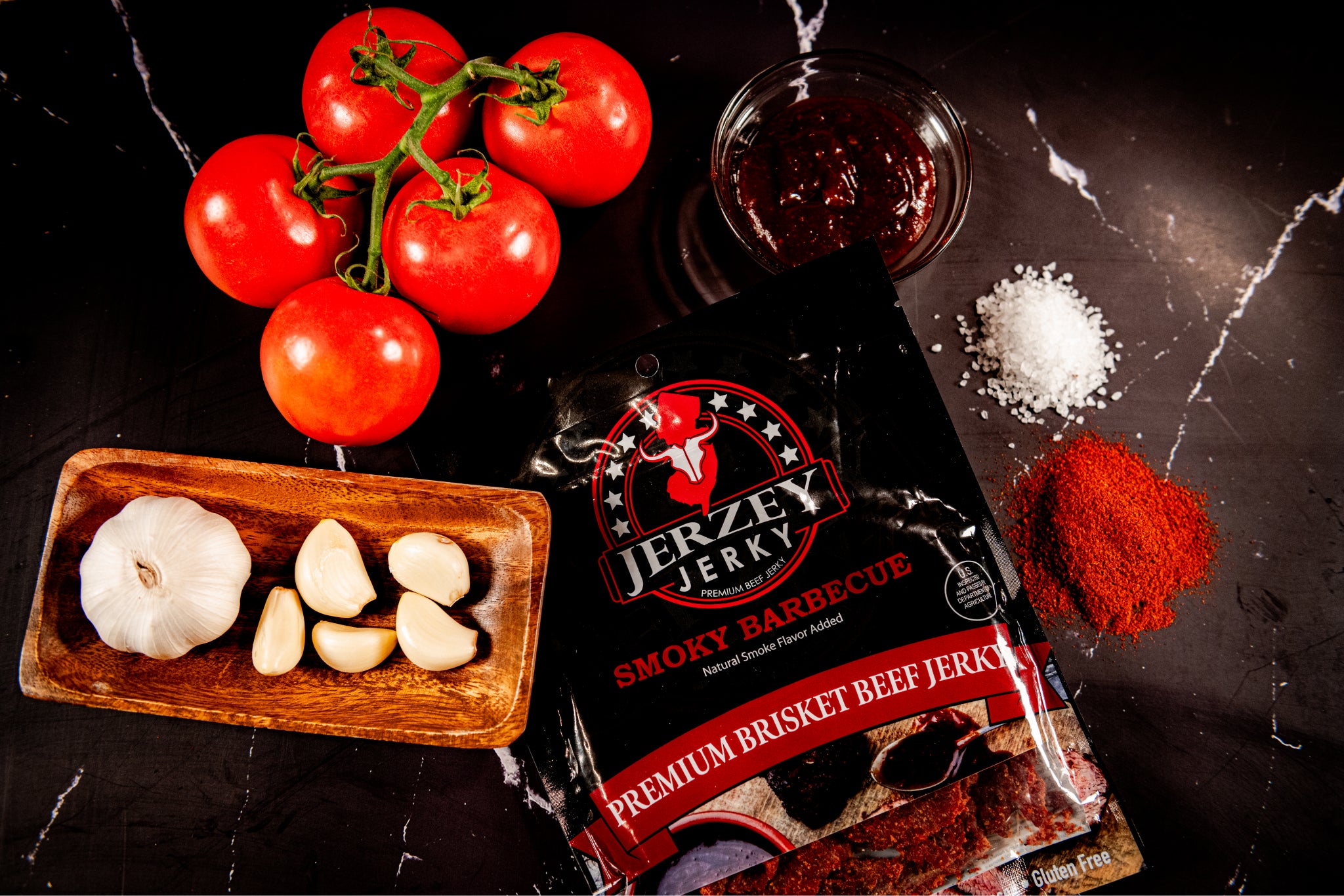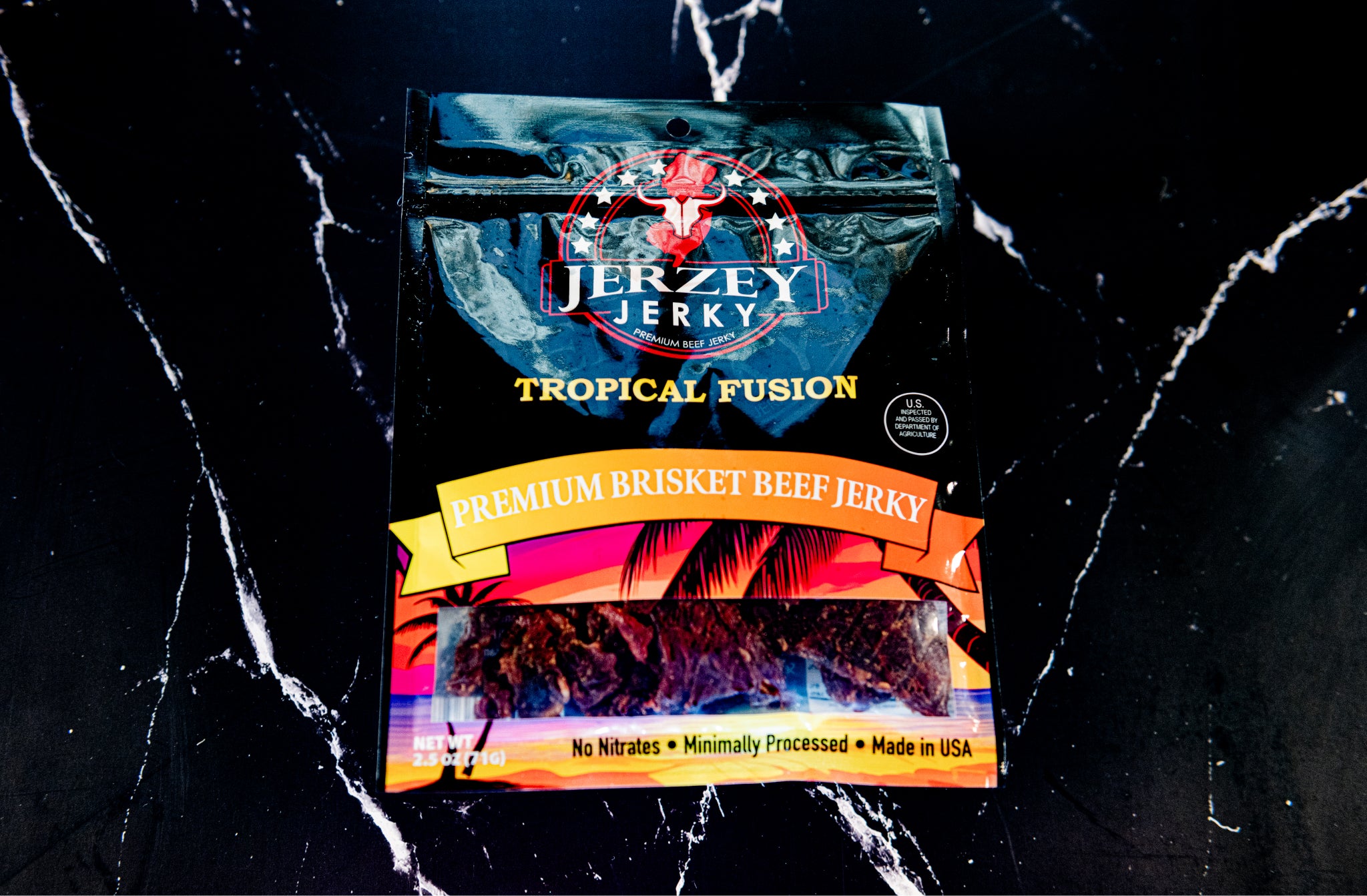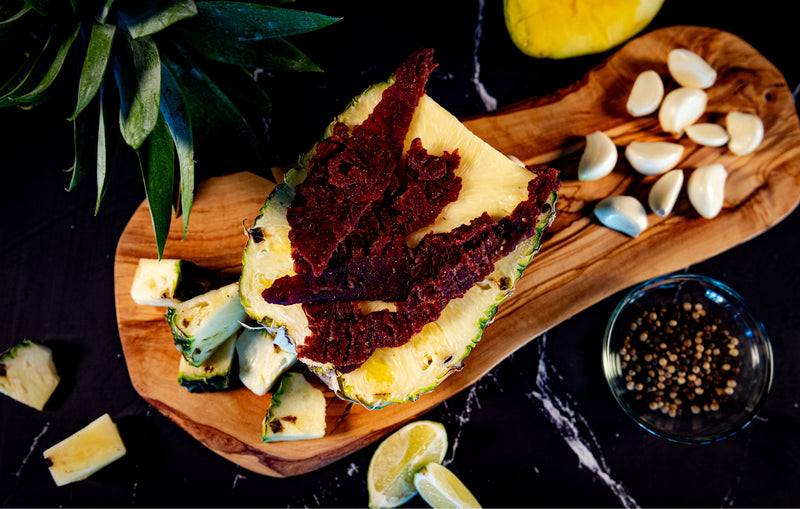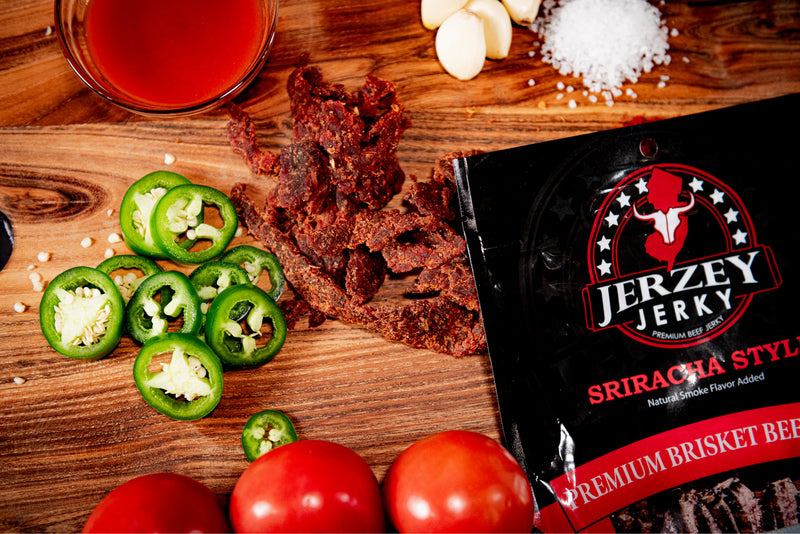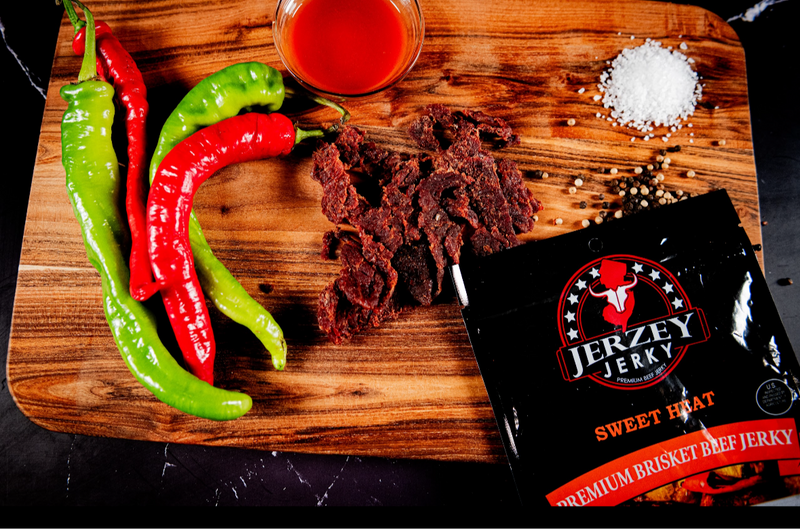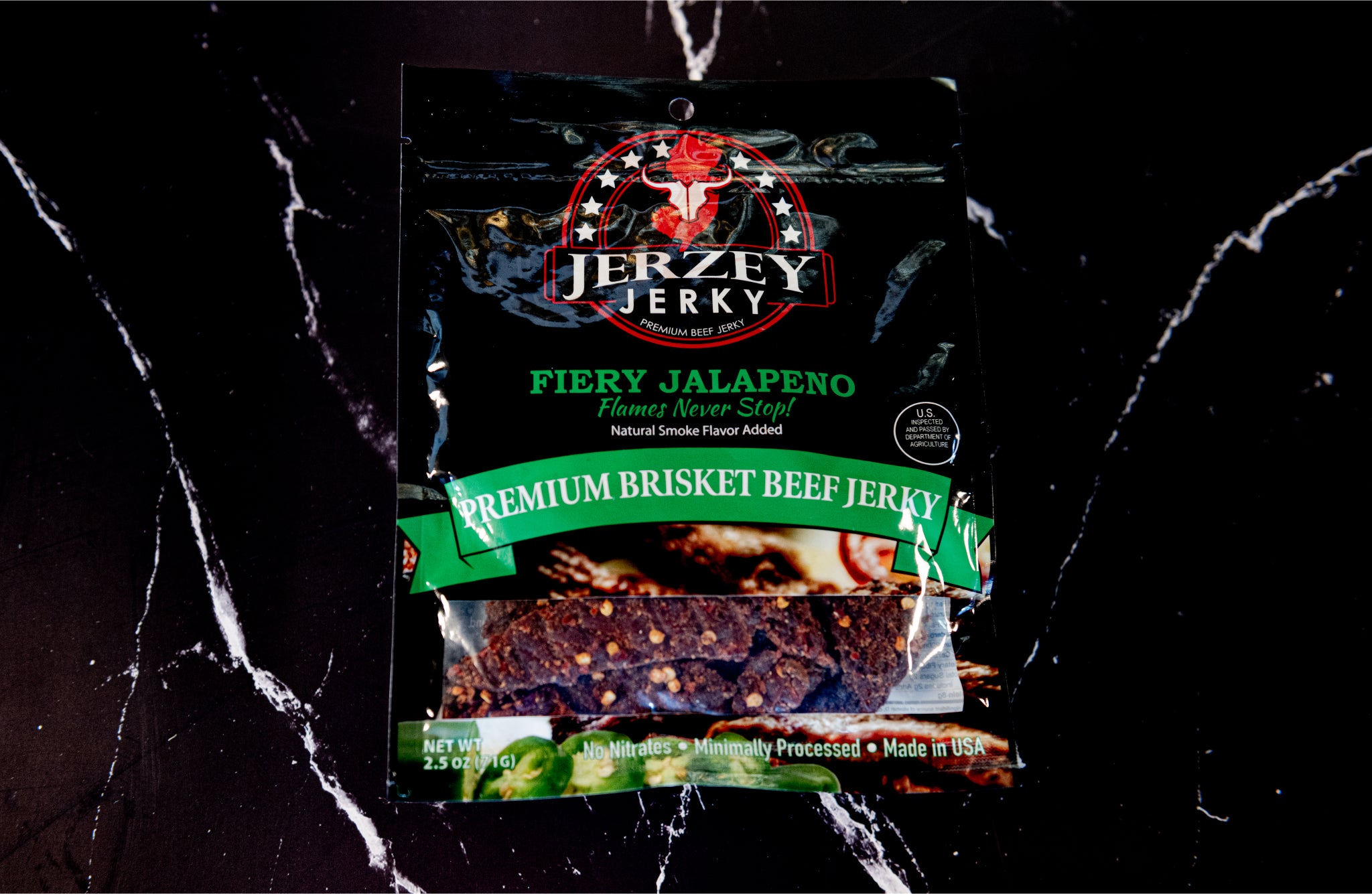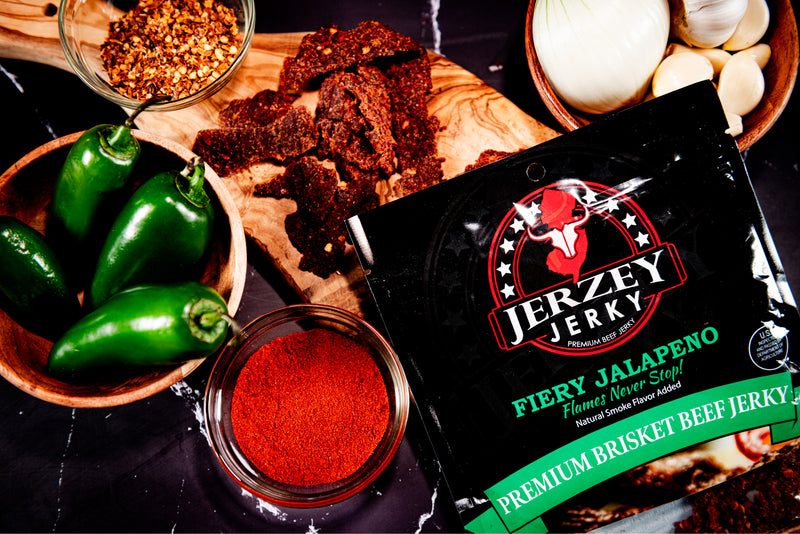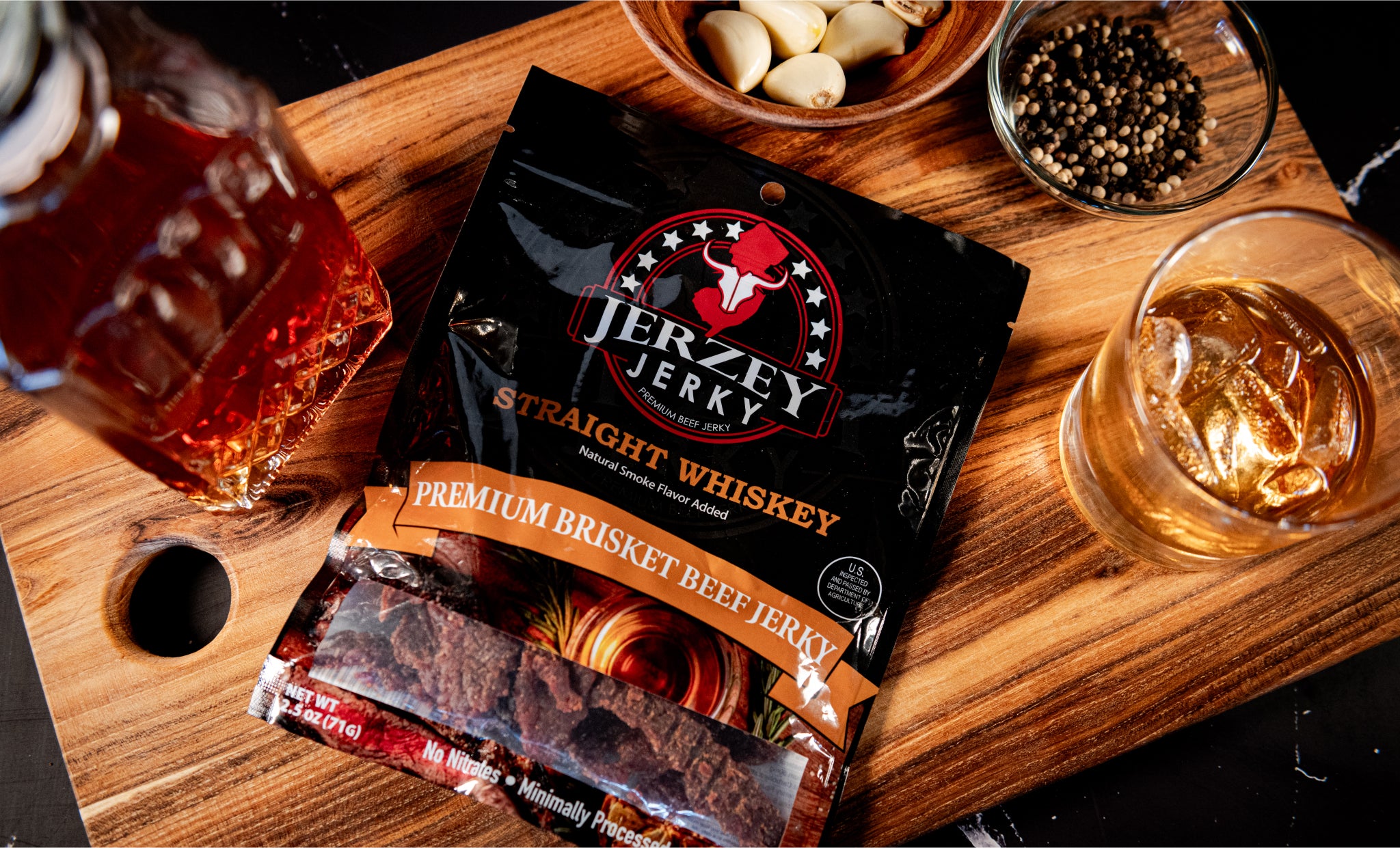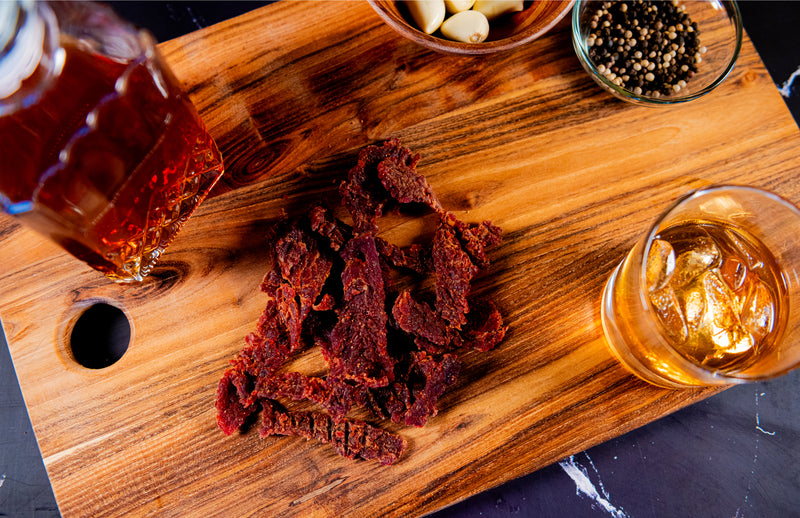
Peppered Beef Jerky Recipe
Peppered beef jerky is lean dried beef coated in crushed black pepper. It has a strong, sharp flavor. It fits meat lovers who like spices rather than sweetness. A thin piece of lean meat is cut and marinated with soya sauce, garlic, onion, and smoke. Drying brings out the flavor and develops a chewy texture. The pepper is combined with salt flavors with a hint of smoke. It is easy to store without a fridge. It is the choice of gym-goers and road trippers who want quick and filling protein. Add chili flakes, sweet peppers, or garlic for variations. Every bite tastes salty, smoky and spicy.
Why You'll Love Peppered Beef Jerky
Peppered beef jerky is smoky, spicy and bold. Contains basic spices and ingredients such as soy sauce, garlic and black pepper. It offers protein-rich and low-sugar food in one serving. Jerky is convenient to carry, does not require refrigeration and is ideal during travel. It is used by hikers, drivers and lifters as fast fuel. Extra chili, garlic or sweet pepper is optional. No prep is needed before drying. It functions as a dinner supplement or snack. Every bite is powerful and satisfying.
Shop the best-selling Carne Asada Beef Jerky - Brisket & Straight Whiskey Beef Jerky - Brisket !
What are the Ingredients of Peppered Beef Jerky
Ingredients needed:
1 lb of lean beef (top round or brisket)
Marinade:
½ tsp of liquid smoke (or use natural smoking wood like hickory or mesquite)
¼ cup of soy sauce
¼ cup of Worcestershire sauce
½ tsp of garlic powder
½ tsp of onion powder
½ tsp of paprika or smoked paprika
1 tsp of cracked black pepper
1 tbsp of brown sugar or maple syrup (optional for smoky-sweet flavor)
Marinade Preparation
Marinate in a pepper-heavy mix with the crushed whole peppercorns to give greater aroma and flavor. Mix soy sauce, Worcestershire sauce, garlic powder, onion powder and smoked paprika. Add liquid smoke for a smoky flavor. Add brown sugar or maple with a touch of smokiness (optional). Add chili flakes or cayenne to adjust heat. Whisk all until the sugar dissolves and the spices mix well within the mixture. Prepare a zesty, well-balanced and peppery marinade. Let the marinade sit briefly, then coat the meat.
Cutting & Preparation
Cut beef to 1/4 inch thick strips and absorb flavor evenly. Jerky is cut across the grain to make it more tender and with the grain to make it chewier. Freeze meat partially to make it go firm, but not solid, in 1-2 hours to facilitate cutting. A sharp knife makes clean even cuts. Even soaking and drying of the marinade are due to the smooth thickness. Proper slicing improves texture and boosts flavor during drying.
What are the Drying/Cooking Methods for Peppered Beef Jerky
Peppered beef jerky can be dried and cooked in three ways:
1- Oven
2- Dehydrator
3- Smoker
Oven: At 170°F, partly open the oven door to release the moisture, but maintain a steady temperature. This makes the jerky and meat dry up on even time in a number of hours.
Dehydrator: 160 Degrees F for 4 to 6 hours. It provides regulated temperature and air circulation to dry the meat. This produces uniform consistency and does not destroy flavour.
Smoker: Dry at low heat using hickory or mesquite wood. Smoking provides it with a smoky taste that balances with the peppery seasoning. It boosts the depth but does not overcook the meat.
Tip: Rotate strips halfway to dry all sides evenly. This facilitates the uniform dehydration of all sides and avoids drying neatly or getting too dry.
What is the Storage & Shelf Life of Peppered Beef Jerky
Keep peppered beef jerky in airtight containers, preventing air and moisture. It can be stored at ambient temperature, 1 to 2 weeks without going bad. Refrigeration prolongs shelf life to 1 month because it inhibits bacterial development. Freeze jerky to keep its flavor and texture for several months. Air-tight storage avoids molds and dry-up. Choose storage based on how quickly you’ll eat it.
What is the Nutritional Value of Peppered Beef Jerky
Nutritional information of peppered beef jerky (28g/1 ounce) is:
Calories: 70–90 calories, depending on fat content and added sugars.
Protein: High in protein, providing 9–13g per serving.
Carbohydrates: Low, usually 1–8g depending on added ingredients.
Sugar: 0–7g, optional based on recipe variations.
Sodium: 420–590mg, varying based on seasoning and curing methods.

 2025-06-22
2025-06-22
 Wayne Holland
Wayne Holland






